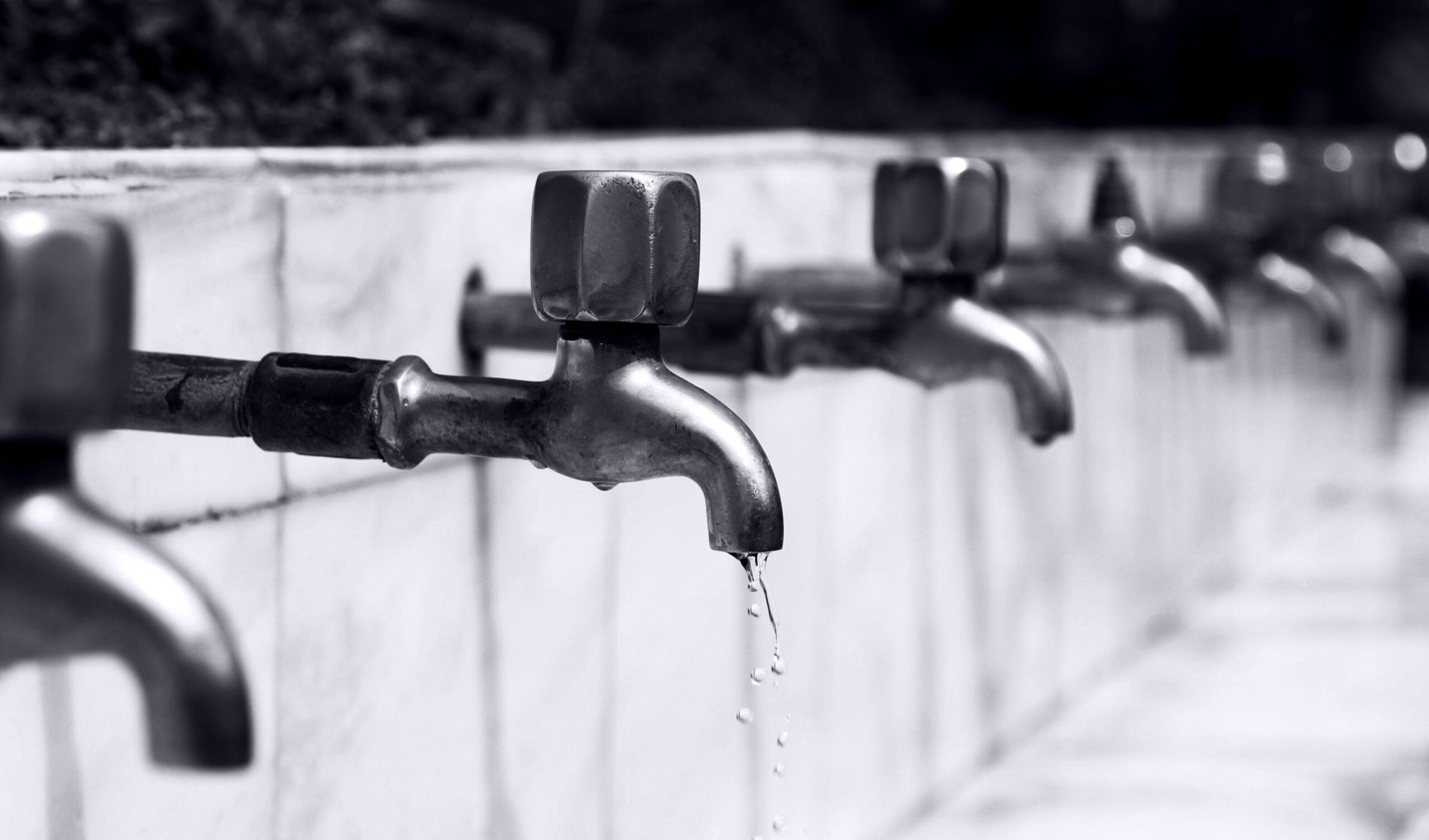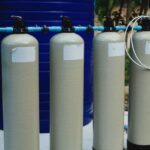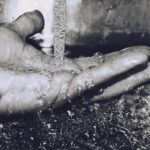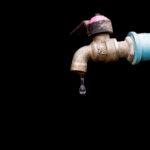Water Monitoring: Its Challenges and Opportunities

Every living thing depends on water. But how do we know if the water we drink, use for farming, or release into rivers is safe? Water monitoring helps us track water quality and availability to ensure it is clean and safe.
However, monitoring water is not always easy. Some places lack the tools or funding to check their water regularly. At the same time, new technology is making it easier to monitor water in real-time. This article explores why water monitoring is important, the methods used, the challenges faced, and the opportunities available.
The Importance of Water Monitoring
Water monitoring is necessary for many reasons. It helps us:
• Ensure safe drinking water – Contaminated water can cause serious diseases like cholera and typhoid. Regular monitoring helps detect harmful substances in water before they affect people.
• Support agriculture and industry – Farmers need good-quality water for irrigation, and industries use water for production. Monitoring helps ensure enough clean water is available.
• Protect ecosystems – Rivers, lakes, and oceans support plants and animals. Polluted water harms these ecosystems, but monitoring helps detect pollution early.
• Manage water resources – Droughts and floods can cause serious problems. Tracking water levels helps predict shortages and prevent disasters.
Traditional Methods of Water Monitoring
Before modern technology, people used simple methods to check water quality. Some of these methods are still used today:
• Manual sampling – Scientists collect water samples from lakes, rivers, or taps and test them in a laboratory. They check for bacteria, chemicals, and pollution.
• Government assessments – Many governments have water agencies that test and report water quality regularly. These agencies set safety limits for drinking and industrial use.
• Community monitoring – Some local communities test their water using basic tools like test strips or pH meters. This is common in rural areas where government monitoring is limited.
While these methods work, they have some drawbacks. Manual testing is slow, and laboratory tests can be expensive. This is why modern technology is becoming more popular.
Modern Water Monitoring Technologies
Advancements in technology have made water monitoring more efficient and accessible. Some of the latest methods include:
• Remote sensing and satellites – Satellites can track water levels, pollution, and temperature in large water bodies like oceans and lakes. This helps governments and scientists detect issues faster.
• Smart sensors and IoT devices – These small devices are placed in water sources to collect real-time data. They can detect changes in water quality, pollution levels, and even leaks in pipelines.
• AI and big data analytics – Artificial intelligence helps analyze large amounts of water data to detect trends, predict water shortages, and improve water management.
These modern tools make water monitoring faster and more accurate. However, they also come with challenges, such as high costs and the need for technical expertise.
Challenges in Water Monitoring
While modern technology has improved water monitoring, several challenges still make it difficult to track water quality and availability effectively.
• High costs – Many advanced monitoring tools, like smart sensors and satellite technology, are expensive. Developing countries and rural communities often lack the funds to invest in them.
• Limited technical expertise – Some water monitoring tools require specialized knowledge to operate and maintain. Many areas lack trained personnel to handle these systems.
• Data gaps and inaccessibility – Some regions do not have enough monitoring stations, leading to incomplete data. Even when data is collected, it may not be shared widely or used effectively.
• Environmental factors – Heavy rainfall, floods, and pollution can affect monitoring equipment, making data collection difficult.
• Lack of policy enforcement – Some governments do not strictly enforce water monitoring regulations, leading to poor data collection and weak responses to water problems.
Opportunities for Improving Water Monitoring
Despite these challenges, there are many opportunities to improve water monitoring globally:
• Affordable and portable technology – Low-cost test kits and mobile sensors are being developed to make water monitoring more accessible, even in remote areas.
• Community involvement – Local communities can play a big role in monitoring their water sources. Training programs and awareness campaigns can help them test and report water quality issues.
• Public-private partnerships – Collaboration between governments, private companies, and research institutions can lead to better funding and development of new monitoring solutions.
• Open data platforms – Making water monitoring data publicly available allows researchers, policymakers, and communities to work together to solve water issues.
• Climate adaptation strategies – With climate change affecting water sources, investments in water monitoring can help predict and prevent future water crises.
Role of Governments and Policies in Water Monitoring
Governments play a crucial role in ensuring effective water monitoring through policies and regulations. Some key ways they contribute include:
• Setting water quality standards – Governments create guidelines to define safe drinking water and acceptable pollution levels.
• Investing in monitoring infrastructure – Many governments fund research and install monitoring stations to track water quality.
• Enforcing regulations – Strict laws and penalties help prevent industries and individuals from polluting water sources.
• Encouraging innovation – Some governments provide funding or incentives for new water monitoring technologies and research.
• Promoting international cooperation – Water issues often cross borders. Countries working together can share data, resources, and solutions.
Despite these efforts, enforcement remains a major challenge in some regions. Stronger policies and better implementation are needed to make water monitoring more effective.
Technological Innovations in Water Monitoring
Technology has played a major role in improving water monitoring, making it easier to track water quality, availability, and usage. Some key innovations include:
• Smart sensors and IoT devices – These sensors can be placed in rivers, lakes, and pipelines to provide real-time data on water temperature, pollution levels, and flow rates. They help detect contamination quickly and prevent water shortages.
• Satellite and remote sensing – Satellites can monitor large water bodies, track droughts, and detect pollution from space. This technology is especially useful for areas with limited monitoring infrastructure.
• AI and big data analysis – Artificial intelligence (AI) and data analytics help process large amounts of water monitoring data. AI can predict water shortages, detect pollution trends, and suggest solutions before problems get worse.
• Citizen science and mobile apps – Some projects allow communities to report water quality issues through mobile apps. This makes water monitoring more inclusive and helps authorities quickly respond to problems.
• Automated water testing kits – Portable and affordable water testing kits allow individuals and communities to check water quality without expensive lab equipment.
These innovations make water monitoring more effective and accessible, helping governments and organizations respond to water challenges faster.
The Role of Industries in Water Monitoring
Industries are some of the largest users of water, and they have a responsibility to monitor their water consumption and wastewater discharge. Some ways industries contribute to water monitoring include:
• Self-regulation and compliance – Many industries monitor their water use and pollution levels to comply with environmental laws. They use monitoring systems to ensure they meet government standards.
• Adopting water-efficient technologies – Some industries invest in recycling and reusing water, reducing their need for freshwater sources. This also lowers pollution levels.
• Partnerships with environmental organizations – Some businesses collaborate with non-profits and researchers to improve water monitoring and reduce their environmental impact.
• Reporting and transparency – Large industries are encouraged to disclose their water usage and pollution data. This helps governments and communities track environmental impact.
When industries take responsibility for their water use, it helps create a balance between economic growth and environmental sustainability.
Community Involvement in Water Monitoring
Local communities play an important role in water monitoring, especially in rural and underserved areas where government resources may be limited. Community-led efforts can help ensure safe water access for all. Some ways they contribute include:
• Citizen water testing programs – Some communities are trained to collect water samples and report pollution or contamination. This helps authorities to quickly respond to issues.
• Awareness and education campaigns – Educating people about the importance of clean water encourages better hygiene practices and reduces pollution.
• Local water management initiatives – Some communities manage their own water sources, such as wells and rainwater harvesting systems, and monitor them regularly.
• Collaboration with NGOs and researchers – Many non-governmental organizations (NGOs) work with local communities to provide training, technology, and support for water monitoring.
• Advocacy for stronger policies – Community groups often advocate for better water regulations, pushing governments to take action on water issues.
Government Policies and Regulations in Water Monitoring
Governments play a key role in ensuring water monitoring is effective and reliable. Strong policies and regulations help maintain water quality, prevent overuse, and protect the environment. Some important aspects include:
• Setting water quality standards – Governments establish safe limits for contaminants in drinking water and industrial wastewater. These standards help ensure public health and environmental safety.
• Requiring regular monitoring and reporting – Industries, municipalities, and agricultural sectors are often required to monitor their water use and pollution levels, submitting reports to regulatory agencies.
• Funding water monitoring programs – Many governments invest in water monitoring projects, installing sensors, laboratories, and research programs to track water resources.
• Enforcing penalties for violations – When businesses or municipalities fail to comply with water regulations, governments may impose fines or restrictions to encourage better practices.
• Encouraging public participation – Some policies promote citizen involvement in water monitoring, such as community-led water testing initiatives and open-access data platforms.
The Future of Water Monitoring
As global water challenges increase, the future of water monitoring will depend on innovation, collaboration, and stronger policies. Some key trends that could shape the future include:
• Advancements in AI and automation – Machine learning and automation will improve data analysis, making water monitoring more efficient and predictive.
• Greater use of blockchain for data transparency – Blockchain technology could help create tamper-proof records of water quality and consumption, increasing trust in monitoring reports.
• More community-driven monitoring initiatives – As awareness grows, more local communities will take responsibility for tracking and reporting water quality issues.
• Stronger international cooperation – Countries will likely collaborate more on transboundary water monitoring efforts, ensuring shared water resources are protected.
• Improved affordability and accessibility – Water testing kits and smart sensors may become cheaper and easier to use, allowing more people to participate in monitoring efforts.
Investing in these innovations and strategies will help address water crises and ensure a sustainable future for global water resources.
Conclusion
Water monitoring is essential for protecting public health, managing water resources, and ensuring environmental sustainability. While challenges such as outdated infrastructure, high costs, and limited data accessibility persist, advancements in technology, stronger policies, and increased community involvement are creating new opportunities.
Governments, industries, and local communities must work together to improve water monitoring systems. Investing in smart sensors, AI-driven analysis, and community-led initiatives can make data collection more accurate and accessible. Additionally, strong policies and international cooperation will help ensure that water quality and availability are maintained for future generations.
Organizations like Aqua Maya are making a difference by focusing on water security in underserved areas. By supporting and adopting better monitoring strategies, we can protect this valuable resource and ensure clean, safe water for all.
Sources
1. https://www.unep.org/topics/fresh-water/water-quality/monitoring-water-quality
2. https://www.researchgate.net/publication/372442628_The_Water_Monitoring_System’s_Disadvantages
3. https://www.unicef.org/innovation/stories/innovations-water-quality-monitoring
5. https://nap.nationalacademies.org/read/10994/chapter/11#67






